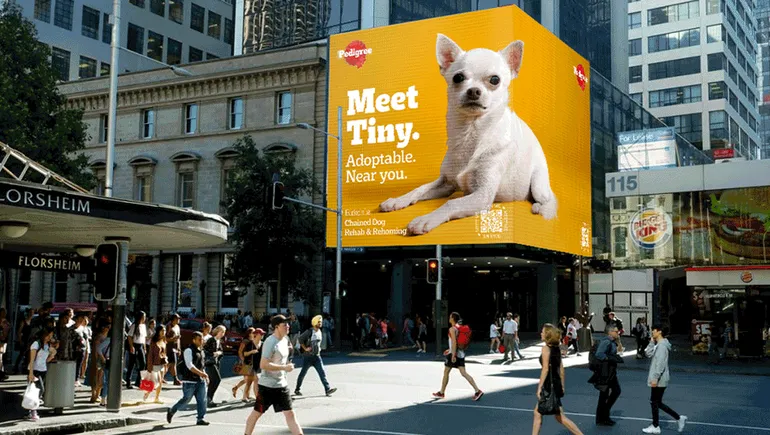
Your logo is not your brand
All too often logo design is treated as being interchangeable with branding. Although they go hand-in-hand, they are not the same. Many businesses overlook the true potential of what a brand can and will accomplish, settling for just a logo. On the other end of the spectrum there are people arguing that a brand is so much more than a logo, that a logo is inconsequential.
What is a logo ?
A logo is an identification in its simplest form via a recognizable mark or graphic symbol that represents a person, company or organization. If the logo is well-known enough, such as the Nike swoosh, you may even see a logo used without the name of the business that it is associated with. Normally, most marks have a typographic part that more clearly spells out the name of the organization.
Logos derive their meaning from the product or service it symbolizes and therefore seek to identify, not explain or sell. A logo is not a strategy, but rather a company’s “avatar” in a way. Logos should be memorable, simple and timeless, leaving room for what the logo actually represents – you. Chaotic and complex logos distract from what is actually trying to be communicated.
An important counterpart of a company logo is its identity. A company’s logo and brand identity are inextricable. When talking about brand identity, we are talking about business cards, letterhead, marketing collateral, packaging, signage etc. Simply put : anything visual.
Brand Identity is the vehicle for a logo and, just like a logo, is purely for identification purposes.
What is Brand Identity ?
A brand identity is the larger, distinct visual look that is associated with a company. When a brand identity really works, you should be able to recognize the brand even if you don’t see the logo.
Many people have heard about the importance of using their logo consistently. But there should be a consistency to elements beyond your logo.
The tricky thing is that while your logo is unfailingly unchangeable, your brand identity must have both consistency and flexibility. Creating a brand identity that is distinct yet varies based on it’s form, is a challenge but can bring big dividends in your brand’s value. The elements that can be part of a full brand identity could be fonts, colors, imagery, and even the voice of the writing.
What is a brand ?
A memorable logo is important; it paves the way for effective branding. The logo and the full visual position created by a strong brand identity. But it also includes many other areas that are not strictly the design side of a business.
These may include your content, messaging and story telling. Customer service and the client experience also a part of a brand. The idea of reputation is a critical part of defining the word brand. Some people summarize this into the very abstract idea of a promise.
A brand is the emotion behind what someone feels, sees and tastes when they interact with your company on any level. Your brand is the image behind what your business believes and strives to accomplish. As a result, your brand becomes your personality and along with that personality comes numerous associations.
Therefore a brand bears much more responsibility than a logo.
A great way to promote your brand is using social media.
Brilliant branding takes courage because it is something that is constantly being formed by the public’s perception. Practically speaking, a brand should be ubiquitous, consistent and follow a strategy.
Whereas a logo is portrayed for identification, a brand should be stewarded with much thought as to how your audience will respond to it. After all, branding is an emotional experience that people want to be a part of. Make it engaging.





